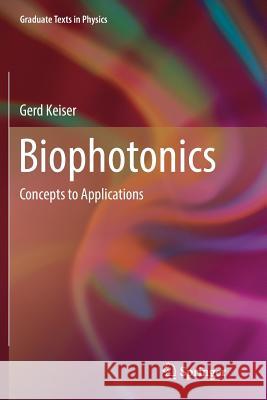Biophotonics: Concepts to Applications » książka
topmenu
Biophotonics: Concepts to Applications
ISBN-13: 9789811092893 / Angielski / Miękka / 2018 / 345 str.
Kategorie:
Kategorie BISAC:
Wydawca:
Springer
Seria wydawnicza:
Język:
Angielski
ISBN-13:
9789811092893
Rok wydania:
2018
Wydanie:
Softcover Repri
Ilość stron:
345
Waga:
0.52 kg
Wymiary:
23.39 x 15.6 x 1.96
Oprawa:
Miękka
Wolumenów:
01
Dodatkowe informacje:
Wydanie ilustrowane











